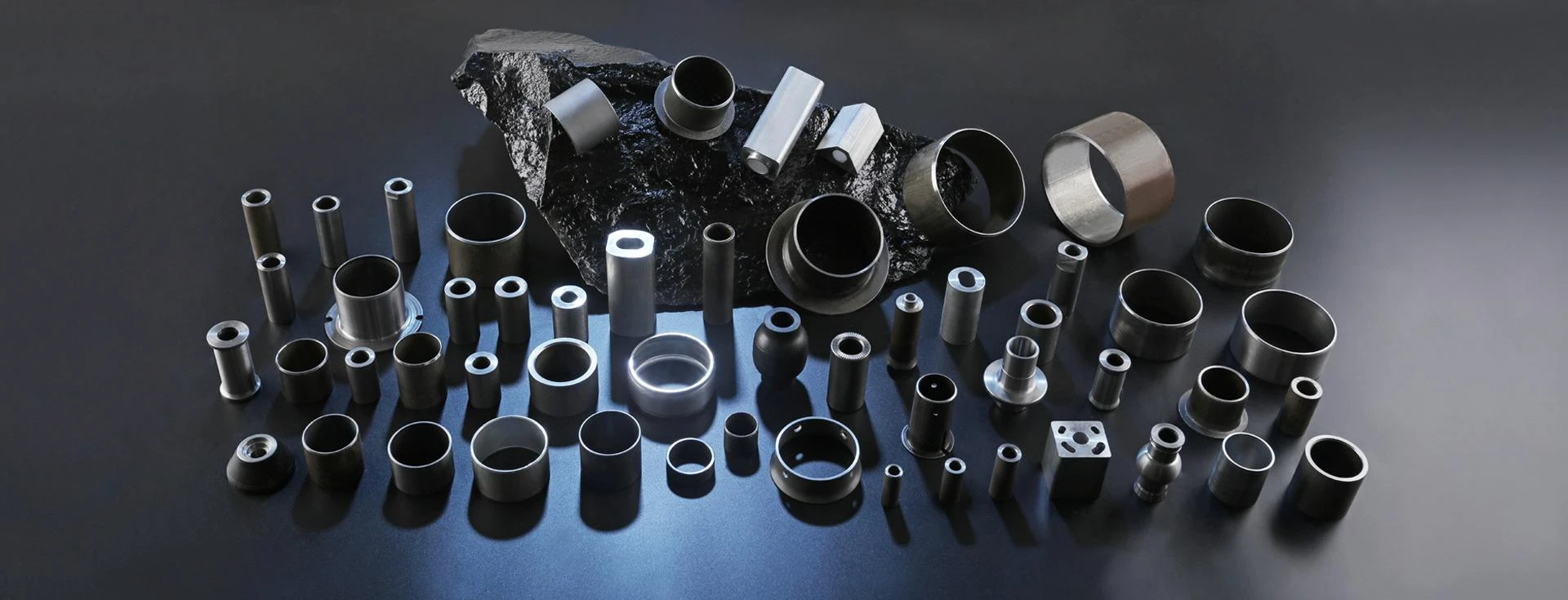Zamak Die Casting Services Hot & Cold Chamber Solutions
- Overview of Zamak Die Casting Processes
- Hot vs. Cold Chamber Die Casting Mechanics
- Technical Advantages in Precision Engineering
- Performance Comparison: Leading Manufacturers
- Custom Die Design Solutions
- Industry-Specific Application Case Studies
- Future Trends in Zamak Casting Efficiency

(zamak die casting)
Zamak Die Casting: Precision in Modern Manufacturing
Zamak alloys (ZnAl4Cu1) dominate 68% of zinc-based die casting applications globally due to their low melting point (380-410°C) and superior fluidity. This material characteristic enables hot chamber die casting machines to achieve 650-800 shots/hour, significantly outpacing aluminum alternatives. The automotive sector consumes 42% of annual zamak production, primarily for gear components and decorative hardware requiring ±0.05mm dimensional stability.
Process Mechanics: Thermal Management Matters
Hot chamber systems maintain 15-20% faster cycle times than cold chamber configurations for zamak, with molten metal viscosity measuring 0.0014-0.0022 Pa·s at operating temperatures. However, cold chamber machines handle larger components up to 35kg with 28-32 MPa injection pressure. Critical parameters:
- Mold temperature stability: 180±5°C
- Ejection force requirements: 12-18 kN
- Surface finish achievable: Ra 0.8-1.6μm
Engineering Advantages by the Numbers
Modern zamak die casting
reduces material waste to 4-7% compared to 15-20% in sand casting. The table below compares technical specifications across three major equipment manufacturers:
| Parameter | Company A | Company B | Company C |
|---|---|---|---|
| Clamping Force (ton) | 250-2000 | 350-1800 | 400-2500 |
| Pressure Range (MPa) | 25-40 | 28-45 | 30-50 |
| Dimensional Accuracy (mm) | ±0.04 | ±0.03 | ±0.025 |
Customization Through Computational Modeling
Advanced flow simulation software reduces die trial iterations by 60-70% in zamak projects. A recent automotive hinge production case achieved:
- 28% reduction in porosity defects
- 19% improvement in tensile strength (up to 350 MPa)
- 14% faster cycle time through optimized gate design
Cross-Industry Implementation Metrics
Electronics sector applications demonstrate 0.12mm minimum wall thickness capability for zamak connectors. In consumer goods, a high-volume cabinet handle production line achieved:
- 95.4% first-pass yield rate
- 2.1-second cycle time
- 0.23% material loss per cycle
Zamak Die Casting Evolution: Next-Gen Developments
Industry 4.0 integration shows 22-25% energy reduction in zamak die casting through real-time thermal monitoring. Emerging vacuum-assisted techniques improve surface quality by 1.5 grades while maintaining 800+ shots/hour productivity. Global market projections estimate 4.8% CAGR for zamak die casting through 2030, driven by lightweighting demands in transportation sectors.

(zamak die casting)
FAQS on zamak die casting
Q: What is Zamak die casting?
A: Zamak die casting is a process that uses zinc-based alloys (Zamak) to produce precision parts via high-pressure injection into reusable steel molds. It is ideal for creating complex, high-strength components with excellent surface finishes. This method is widely used in automotive, electronics, and consumer goods industries.
Q: What distinguishes hot chamber die casting from cold chamber die casting?
A: Hot chamber die casting immerses the injection mechanism in molten metal, making it faster and suitable for low-melting-point alloys like Zamak. Cold chamber die casting uses a separate furnace, requiring metal to be ladled into the chamber, ideal for high-melting-point alloys like aluminum. The choice depends on material properties and part requirements.
Q: Why is Zamak a preferred material for die casting?
A: Zamak alloys offer excellent fluidity, low melting points, and high dimensional stability, reducing energy consumption and tool wear. They provide superior corrosion resistance and can be plated or painted for enhanced aesthetics. These traits make Zamak cost-effective for high-volume production of intricate parts.
Q: What are key considerations in die casting die design?
A: Critical factors include parting line placement, gate and runner design for optimal metal flow, cooling system efficiency, and ejection mechanisms. Proper draft angles and tolerance allowances ensure part integrity and ease of removal. Simulation software is often used to validate designs before manufacturing.
Q: Which die casting method is better for Zamak: hot chamber or cold chamber?
A: Hot chamber die casting is typically preferred for Zamak due to its low melting point (around 380°C), enabling faster cycle times and reduced thermal stress on equipment. Cold chamber methods are reserved for alloys with higher melting temperatures. This makes hot chamber casting more efficient and economical for Zamak parts.
-
Technocrats Die Casting Solutions – Precision Hot & Cold Chamber Die Casting ExpertsNewsJun.24,2025
-
Precision Glass Machining Solutions Sand Casting Glass & Abrasive Water Jet Machining ExpertsNewsJun.24,2025
-
Top Extras Casting Solutions Die Casting and Sand Casting Experts High-Quality Casting and Die Casting ServicesNewsJun.10,2025
-
Top SS Casting Manufacturer Aluminum Die Casting Manufacturer China Precision Die Casting Company SupplierNewsJun.10,2025
-
High-Quality Brass Casting Sand for Precision Sand Casting Brass at HomeNewsJun.10,2025
-
Affordable Aluminum Sand Casting Solutions Custom PartsNewsJun.09,2025















